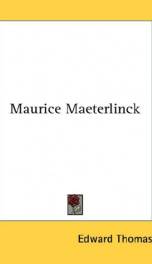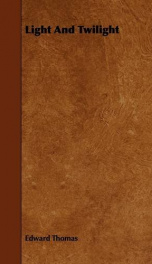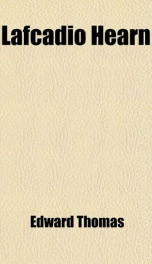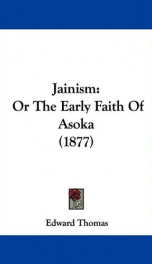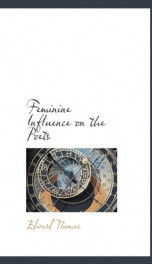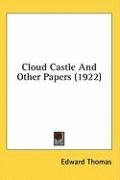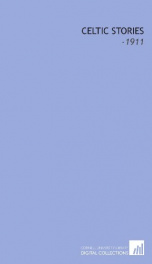chemical patents and allied patent problems
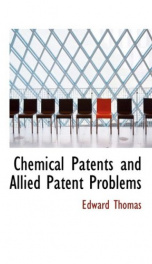
PREFACE. The present book is more than a revision of my Process Digest, since it is entirely rewritten, all the cases being reread from the point of view of an attorney and expert witness, instead of that of a Patent Office Examiner. For this reason there are specific notes on the kind of evi- dence needed in chemical and allied cases, and also notes covering the cases on damages, licenses, etc. No attempt has been made to criticize any decision or the findings on which it is based. The book is intended as a statement of the law, with a practically complete finding list of the cases on which the law of chemical patents is based, and it also in- cludes the principal cases intimately related in reasoning to such cases. While errors will undoubtedly be found it is believed that they are only such as are easily recognized. I only regret that, unlike Eobinson, I have not the leisure needed to spend two years in rereading and veri- fying every cited case. Cases are cited, from the reports most likely to be available, and which in general indicate the authority of the decision viz reports are given preference in the following order U. S. including Wallace etc. F. E. 0. G. Fish. Pat. Cases Fish. Pat. Reports Robb Pat. Cases Ban. and A. Blatschf ., etc. Readers who have only the Official Gazette can rapidly locate the F. R. and U. S. cases included therein by ascertaining the approximately parallel volumes from the table on page 4. Since the number of cases cited approaches that in the larger works on patent law, the notes have been condensed by citing in general, only the appeal case, or the last case of a series, if that rules on all the points previously raised, though where the prior cases are cited therein from unusual reports, the 0. G. citations are given herein. It is too much to hope that everyone will be satisfied with the grouping of the cases. An attempt has been made to cite all cases on obscure points, and on leading points to cite all important cases together with those cases which contain many citations. The work covers 242 U. S. 237 F. R. and 235 0. G. 30 Vesey Street, New York City. 372184 Wall TABLE OF PARALLEL VOLUMES. TEXT. The intention of the patent law of the United States is to give a monopoly for seventeen years to the inventor or discoverer of a new art or a new utility in any substance, structure or piece of machinery. The inventor is required to publish a brief, clear description of his invention and to carefully define it viz claim it, so that anyone may at any time find out whether he is infringing on the rights of the inventor. Of course in carrying out this law many practical difficulties arise. It is, for example, often difficult to decide how far a definition or claim can be pushed in covering items substantially the same from one point of view though they differ in other ways. Then, too, the definition must cover a distinct step in advance and not something that is simply better but not otherwise new further, the definition must cover the real invention and not a mere application of it. It is obviously impossible for the Patent Office or the courts to ex- amine every workshop, laboratory and factory, so in judging whether the improvement is really new it is necessary to take such published for a data as are available and decide from these whether the applicant patent has shown such an improvement as any skilled mechanic or ex- pert in the art might be expected to have extemporized, or whether it is more than that and so deserving of a patent. In facing these difficulties and the analogous ones that arise in determining the scope of an invention, etc... --This text refers to an alternate Paperback edition.
Info about the book
Author:
Series:
Unknown
ASIN:
B000MDFPZU
Rating:
4/5 (1)Your rating:
0/5
Languge:
English
Users who have this book
Users who want this book
What readers are saying
What do you think? Write your own comment on this book!
write a commentif you like chemical patents and allied patent problems try:
Other books by this author
Do you want to exchange books? It’s EASY!
Get registered and find other users who want to give their favourite books to good hands!

